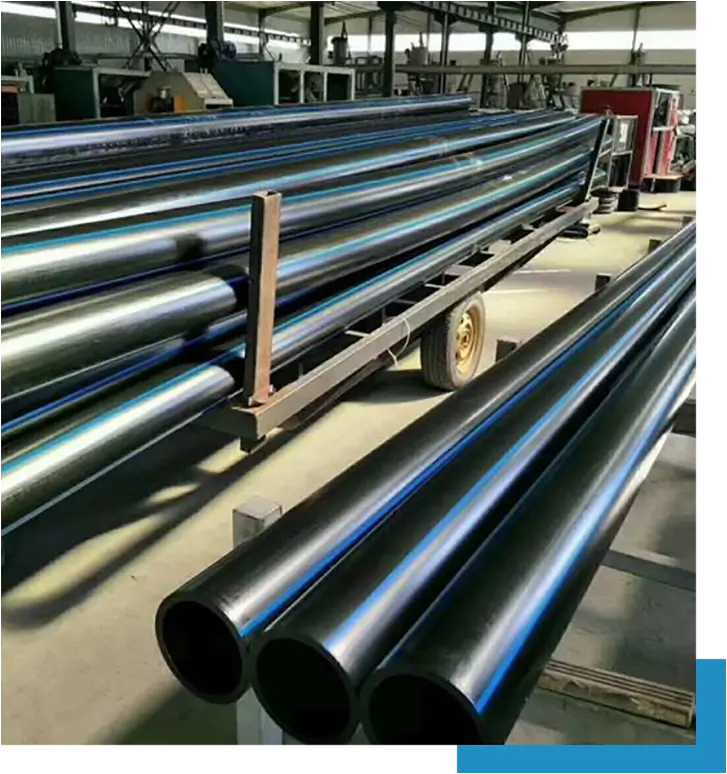Oct . 31, 2024 00:27 Back to list
plumbing ppr pipe product
Understanding PPR Pipes in Plumbing
Polypropylene Random Copolymer (PPR) pipes have gained immense popularity in the plumbing industry due to their remarkable properties and versatility. As a modern solution for various plumbing needs, PPR pipes offer several advantages over traditional materials such as PVC or metal pipes. This article delves into the characteristics, benefits, applications, and installation techniques associated with PPR pipes.
Understanding PPR Pipes in Plumbing
One of the most significant advantages of PPR pipes is their lightweight nature. This property not only simplifies the handling and transportation of the material, but it also reduces installation costs and labor. Additionally, PPR pipes do not require the use of flame for joining, which enhances the safety aspect of installation. Instead, they can be welded together using a simple heat fusion process, creating strong, leak-proof joints.
plumbing ppr pipe product

In terms of applications, PPR pipes are incredibly versatile. They are commonly used in residential plumbing for both hot and cold water supply systems, heating systems, and even in the distribution of potable water. Furthermore, they are an excellent choice for industrial applications where high chemical resistance is required, such as in chemical processing and agricultural systems. Their durability makes them suitable for underground installations and in corrosive environments, a significant advantage over traditional piping materials.
Sustainability is another aspect that sets PPR pipes apart. They are recyclable and have a lower environmental impact compared to metal pipes. Their longevity means fewer replacements are needed over time, reducing waste and resource consumption.
When it comes to installation, PPR pipes require minimal tools and expertise. The heat fusion method provides a seamless connection, which eliminates the risk of leaks, a common issue with threaded or glued connections. However, it is essential for professionals to ensure that the temperatures are appropriately controlled during the fusion process to achieve optimal results.
In conclusion, the use of PPR pipes in plumbing systems is a forward-thinking choice that caters to modern needs. Their resistance to corrosion, durability, and ease of installation make them a favorite among plumbers and homeowners alike. As we move towards more sustainable building practices, PPR pipes are set to play a crucial role in shaping the future of plumbing. Whether for residential, commercial, or industrial applications, PPR pipes provide a reliable and efficient solution to modern plumbing challenges.
-
High-Quality PVC Borehole Pipes Durable & Versatile Pipe Solutions
NewsJul.08,2025
-
High-Quality PVC Perforated Pipes for Efficient Drainage Leading Manufacturers & Factories
NewsJul.08,2025
-
High-Quality PVC Borehole Pipes Durable Pipe Solutions by Leading Manufacturer
NewsJul.08,2025
-
High-Quality PVC Borehole Pipes Reliable PVC Pipe Manufacturer Solutions
NewsJul.07,2025
-
High-Quality UPVC Drain Pipes Durable HDPE & Drain Pipe Solutions
NewsJul.07,2025
-
High-Quality Conduit Pipes & HDPE Conduit Fittings Manufacturer Reliable Factory Supply
NewsJul.06,2025

